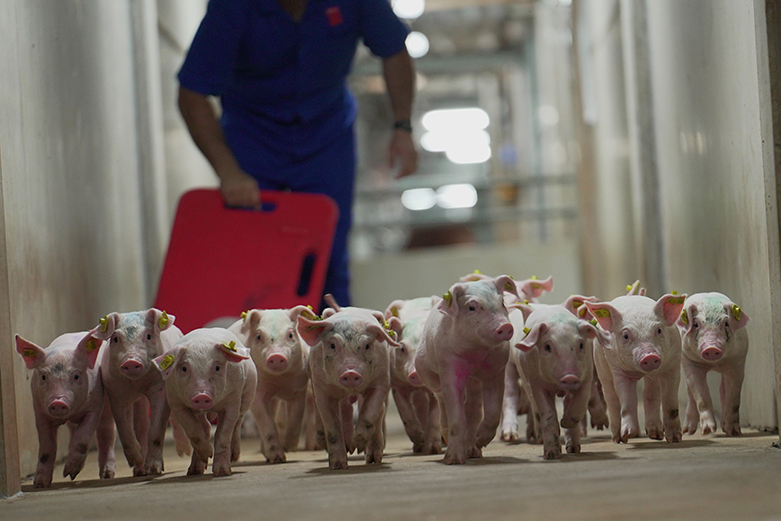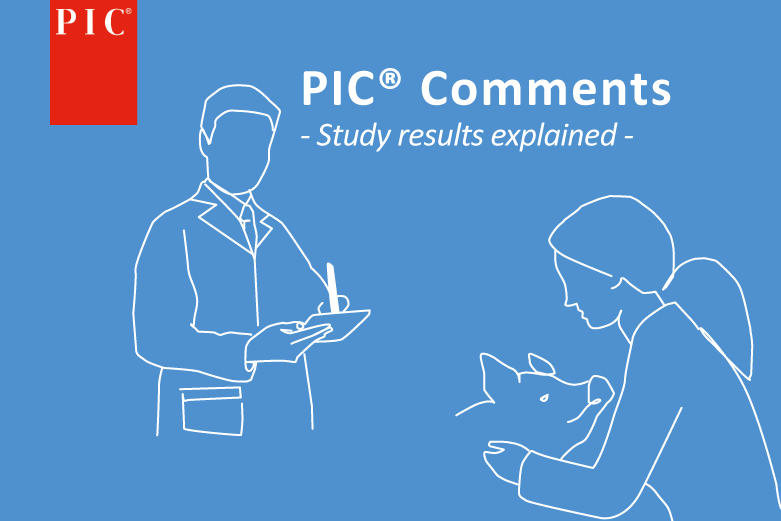Hit these targets for best lifetime performance, cost savings
As genetics advance, so have parameters for gilt eligibility at first breeding. Meeting eligibility requirements set gilts up for a successful first parity and subsequent parities for maximum lifetime performance.
PIC defines gilt eligibility using these four components:
- Age at puberty
- Age at first breeding
- Body weight at first breeding
- Number of oestrus at first breeding
Within each of these components, specific targets are identified. Hitting all targets on each gilt served is vital to optimize cost-efficiency, longevity and lifetime performance. Each target is equally important. Research shows meeting just two or three of the four targets will not have the same positive results.

Age at Puberty
Target: Younger than 195 days of age.
Industry research confirms a link between early sexual maturity and improved sow lifetime productivity. Manage gilts to stimulate an early puberty onset and identify and record the gilts in oestrus. Gilts expressing puberty younger than 195 days (28 weeks) of age tend to have higher lifetime performance.
Age at First Breeding
Target: 200 to 225 days of age at breeding.
In general, gilts over 225 days of age are likely to be overweight. Gilts bred over 240 days show a litter size decrease in their second parity, longer wean-to-service interval and a shorter production life overall.
Body weight at First Breeding
Target: 135 to 160 kgs
This weight will set gilts up for an ideal weight at farrowing and overall lifetime maintenance demands. The average daily gain should be between 600 and 800 g per day to reach target weight between 200 and 225 days.
Average Daily Gain from Birth to 1st Breeding (Min/Max)
| Criteria | Minimum | Maximum |
|---|---|---|
| Age, days | 225 | 200 |
| Weight, kg | 135 | 160 |
| ADG, g | 600 | 800 |
Gilts bred below the target weight have lower litter sizes in their first farrowing and decreased performance during their first lactation. Gilts over 160 kg at first breeding are likely to remain heavy and will be more expensive to maintain in the herd. Heavier gilts are prone to locomotion issues in subsequent parities.
Weight is likely the most challenging component of gilt eligibility to measure. In collaboration with Kansas State University, PIC developed an easy to understand and action-driven “flank to flank” tape to help determine if a gilt is within the ideal weight range. The tape features a red, amber, green colour code and associated action for quick decision making.

Number of oestrus at First breeding
Target: Breeding on second oestrus.
Accurately track oestrus and breed on the second oestrus. Research shows delaying breeding to the second oestrus has a positive effect on litter size. Only delay breeding to the third oestrus to meet minimum weight targets.
To learn more about the updated gilt eligibility targets or to get a flank tape, reach out to your PIC team.




